The Chesapeake Bay and the northern east coast of the U.S. rarely sees much damage with hurricanes or tropical storms, but boaters should still prepare their boats for strong winds and tidal surges from Hurricane Irene
Updated as of Sunday August 28, 2011
Ever since Hurricane Isabel caused huge tidal surges along the east coast and on the Chesapeake Bay in August 2003, boaters have had more reason to take precautions when hurricanes are predicted to come up the east coast.
The track of Hurricane Isabel took a direct course up the east coast and through the mouth of the Chesapeake Bay causing a once in a lifetime tidal surge that destroyed marina docks and sunk boats.
With Hurricane Irene (August 2011) predicted to follow a course up the eastern coast of the U.S., boaters should keep a close eye on weather predictions and plan to prepare their boats for the storm.
Path of Hurricane Irene for Chesapeake Bay Area
Here are some basic precautions boaters should take to prepare for a hurricane predicted to follow a course up the east coast and/or the Chesapeake Bay.
 |
| NOAA Path Tracking for Hurricane Irene |
Keep a close eye on weather reports and hurricane path predictions.
NOAA is the best source for boaters when it comes to weather reports and tracking of hurricane paths. The NOAA National Hurricane Center shows up to date paths for all current hurricanes and tropical storms.
The MidAtlantic East Coast and Chesapeake Bay area has been upgraded from a high threat level to extreme as of 4:00 EST August 25, 2011.
 |
| Hurricane Irene path similar to Hurricane Earl in 2010 |
The current path of Hurricane Irene (as of August 25, 2011) is projected to skim along the east coast just by the Chesapeake Bay. Hurricane Irene is on a similar path as Hurricane Earl in August 2010.
According to The Weather Channel, the current track remains west of the coast but can still shift up to 200 miles from the current track more inland. If Hurricane Irene shifts more inland the Chesapeake Bay will be more vulnerable. Hurricane force winds also extend 60 miles from the eye, so even if the path of Hurricane Irene is west of the Chesapeake Bay the bay is likely to experience very strong winds and tidal surges.
 |
|
Boats at dock after Hurricane Irene (Sassafras River on Chesapeake Bay)
|
As of Sunday August 28, 2011 the Chesapeake Bay appears to have escaped the worst of this hurricane. Hurricane damage is reported as minimal and tidal surges did not peak over docks in most areas.
Boats docked on Sassafras River located on upper Chesapeake Bay appear to be fine. (photo taken at 9:30 am Sunday August 28)
Decide whether or not to haul out your boat ahead of the hurricane. The decision to have your boat hauled out of the water really depends on the path of the hurricane and the size of your boat. Most boaters want to avoid the inconvenience and expense of a haul out if they can. In August 2010 when Hurricane Earl was projected to hit the east coast many boaters pulled their boats unnecessarily. Large boats tied up well at docks are usually fine unless a direct path of the hurricane is predicted to hit a marina. Hurricanes rarely have direct hits to the Chesapeake Bay or northern parts of the east coast. But smaller, trailer boats should probably be pulled as a precaution because they can be impacted by high winds and rising tidal surges.
Prepare your boat for hurricanes with extra lines and fenders. Most marinas will suggest adding a few spring lines and fenders to protect a boat against high winds during a hurricane. But be sure to allow for extra high tidal surges with the lines. When the tidal surge from Hurricane Isabel hit the Chesapeake Bay we saw many boats get their stern pulled under the dock because the water went higher than the dock.
Secure or remove canvas from boats prior to hurricanes. A passing hurricane or tropical storm that does not make a direct hit (which is likely with Hurricane Irene) can still cause a lot of damage. Canvas can tear or blow off from hurricane force winds. Boats with canvas enclosures and biminis are at risk with high winds, so removing canvas and putting on a cockpit cover if you can is a good idea.
Prepare boats for expected power outages. The current path of Hurricane Irene is likely to cause high winds that will knock down trees and power lines. The Weather Channel is predicting that power outages are likely – for as long as 3 days. Its a good idea to empty and turn off boat refrigerators if docked at a marina. If the power goes out for an extended period of time refrigerators could drain boat batteries – if a bilge pump needs to kick in a boat could sink from a dead battery. Some marinas may also have to turn off power due to high tidal surges that reach the top of docks.
Hurricane Preparation Resources for Boaters and Marinas
There are many resources for boaters and marinas to use for preparing for a hurricane to avoid damage to boats.
For a straight-forward simple guide, the Firstboat.com Hurricane Guide covers some of the basics in a simple overview for boaters.
BoatUS Hurricane Resource Center has a full website that includes storm tracking and links to downloadable guides for boaters or marinas to prepare for hurricanes. They also offer a free Hurricane Advisory Emails to BoatUS members that includes storm advisories and tracking information. If your boat is impacted by a hurricane, they have a detailed page that gives after the storm hurricane guidance on how to contact boat insurance companies along with some simple maintenance tips for reducing any potential damage.
Everyday Health has created The Hurricane Disaster-Proof Healthy Eating Guide to serve as the food preparedness resource for Hurricane Irene, upcoming hurricane season and all natural disasters.
Trending Now: Must-Have Boat Gear for Your Boat Life
-
Inflatable Floating Pet Ramp
$249.00 Quick ViewBuy on West Marine -
Geckobrands Float Phone Dry Bags
$24.00 Quick ViewBuy on West Marine -
Sale!
Starlink Standard Kit for Stationary Use: High-Speed, Low Latency Internet
Original price was: $499.00.$349.00Current price is: $349.00. Quick ViewBuy on West Marine
Trending Now: Custom Boat Decor
-
Boat Pillow with Boat Name & LAT LONG Coordinates
Quick ViewBuy on Etsy -
Boat Pillow with Boat Name & LAT LONG Coordinates- Black
Quick ViewBuy on Etsy -
Coastal Blue Stripes Bathmat with Anchor & Boat Name
Quick ViewBuy on Etsy -
Custom Boat Mat with Boat Name & LAT LONG Coordinates
Quick ViewBuy on Etsy
Disclosure: This site may contain links affiliated with companies where we receive compensation. Also, as an Amazon Associate we may earn from qualifying purchases we refer but it does not impact the price you pay. Full disclosure policy.

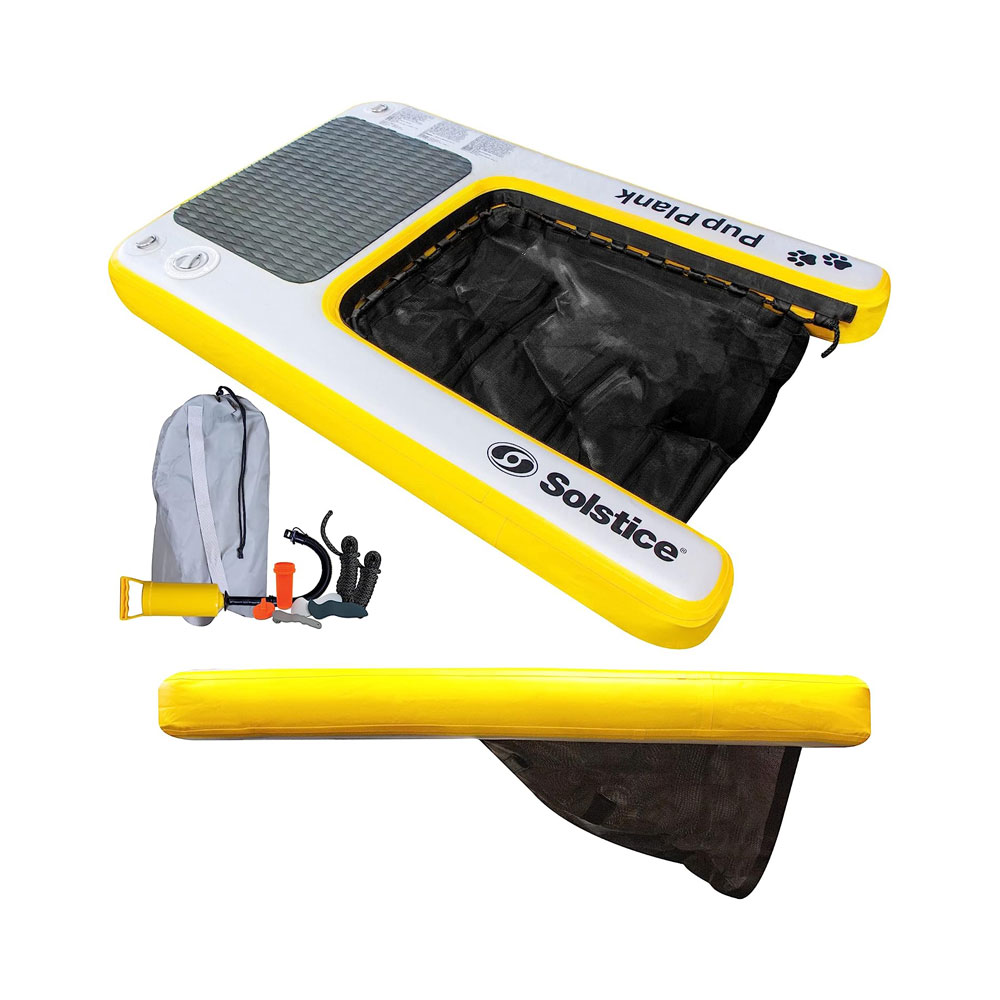
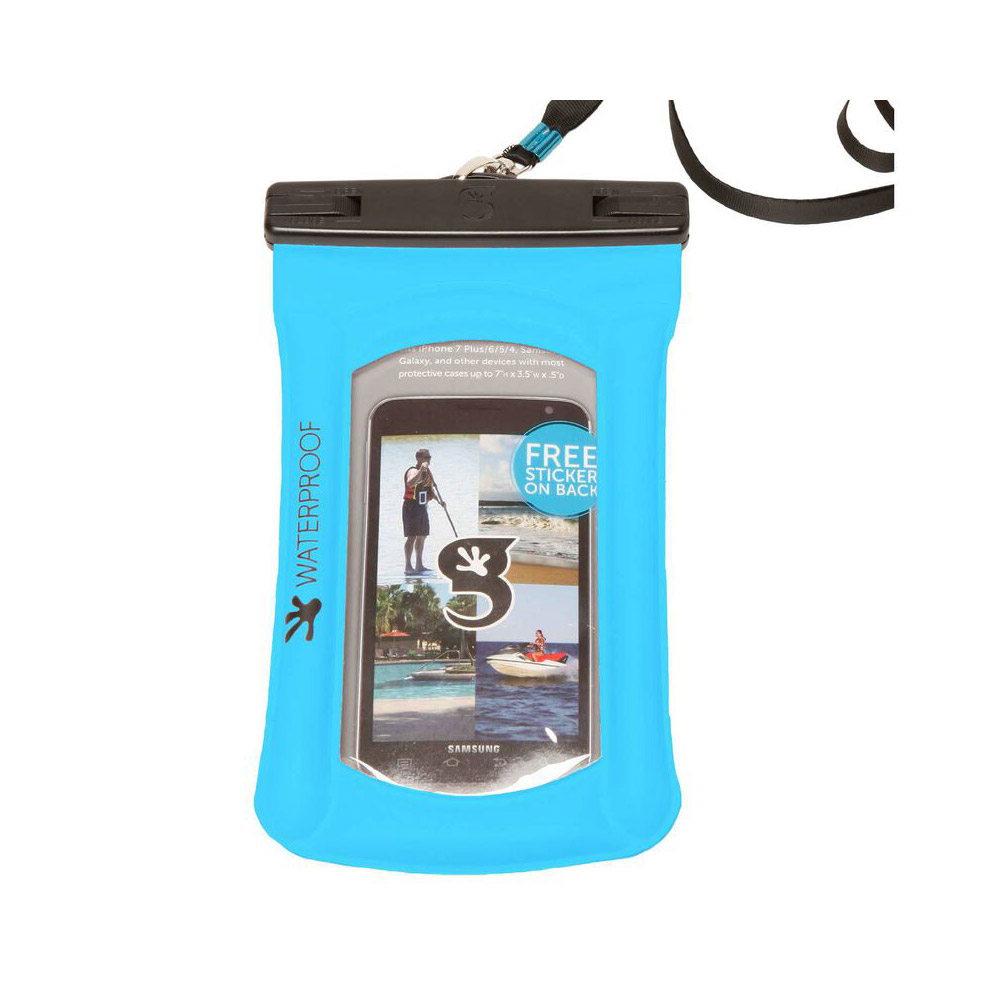
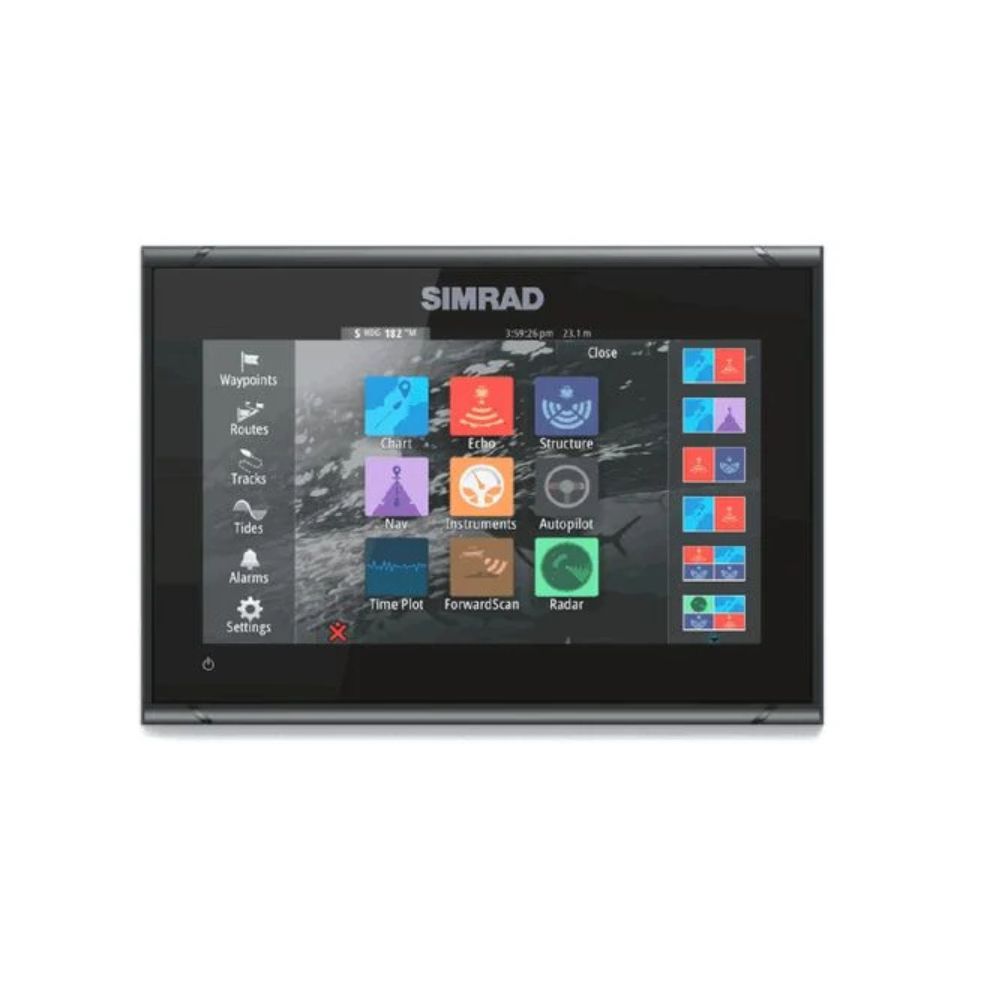
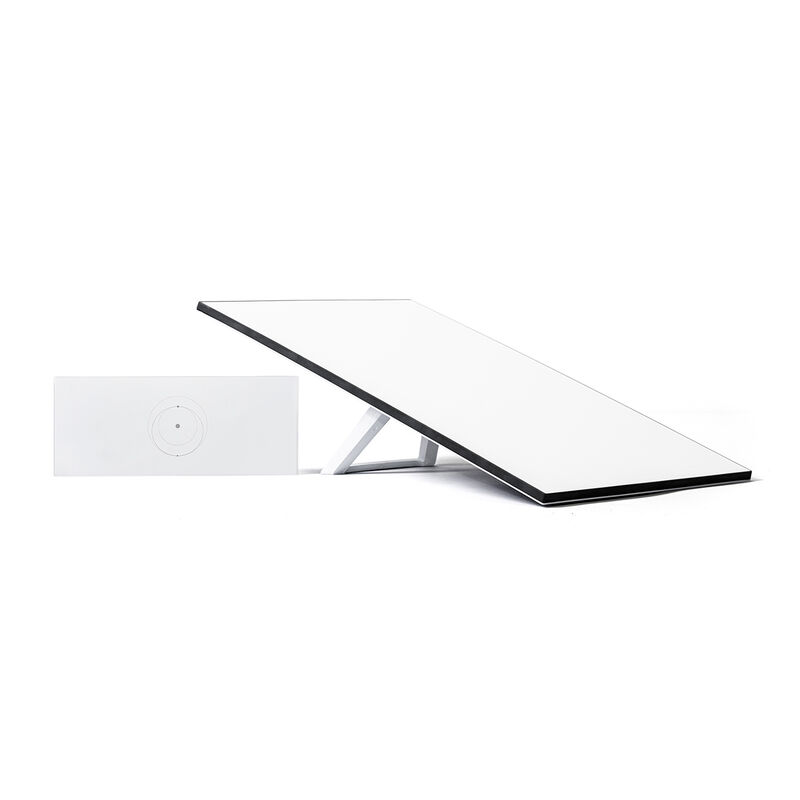
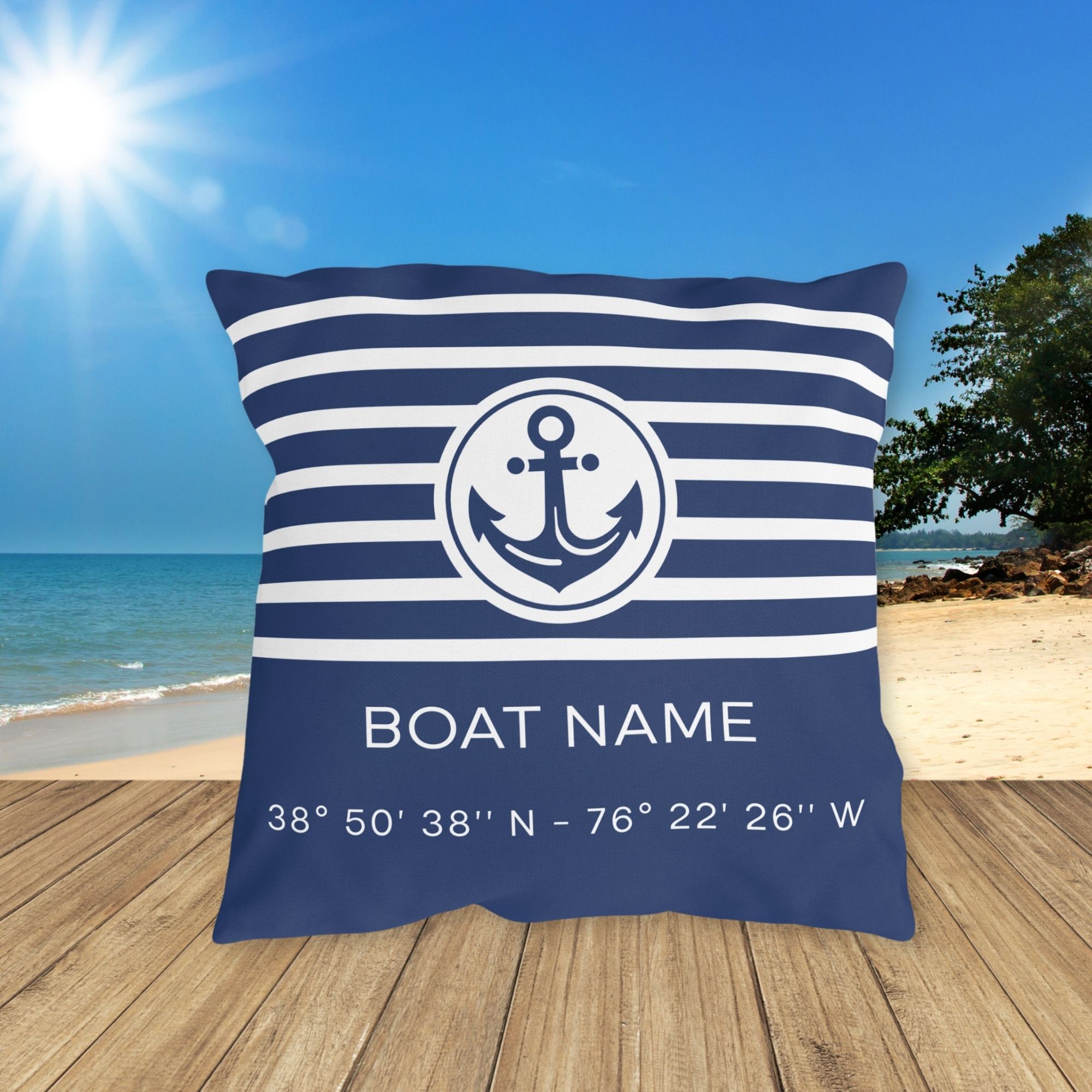
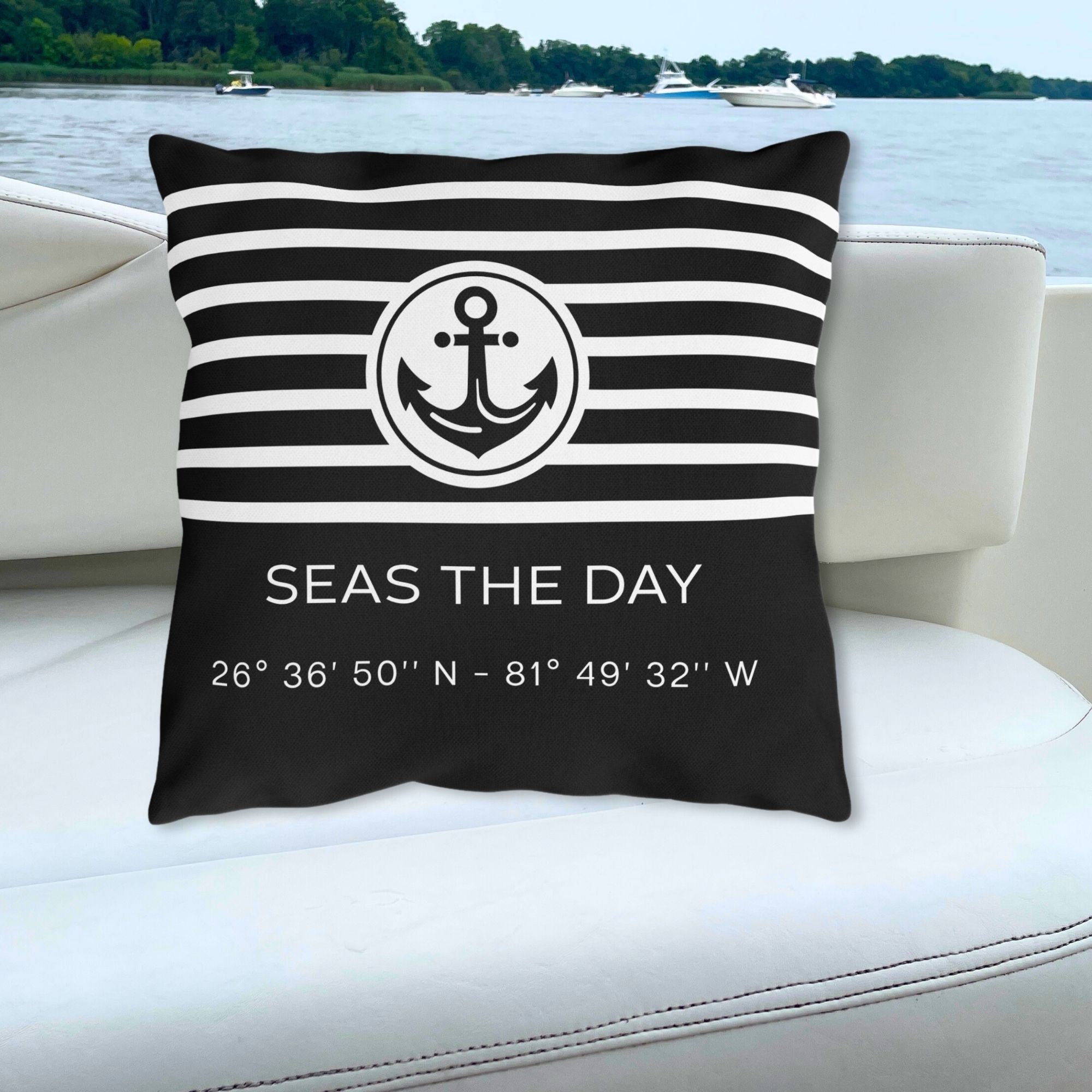
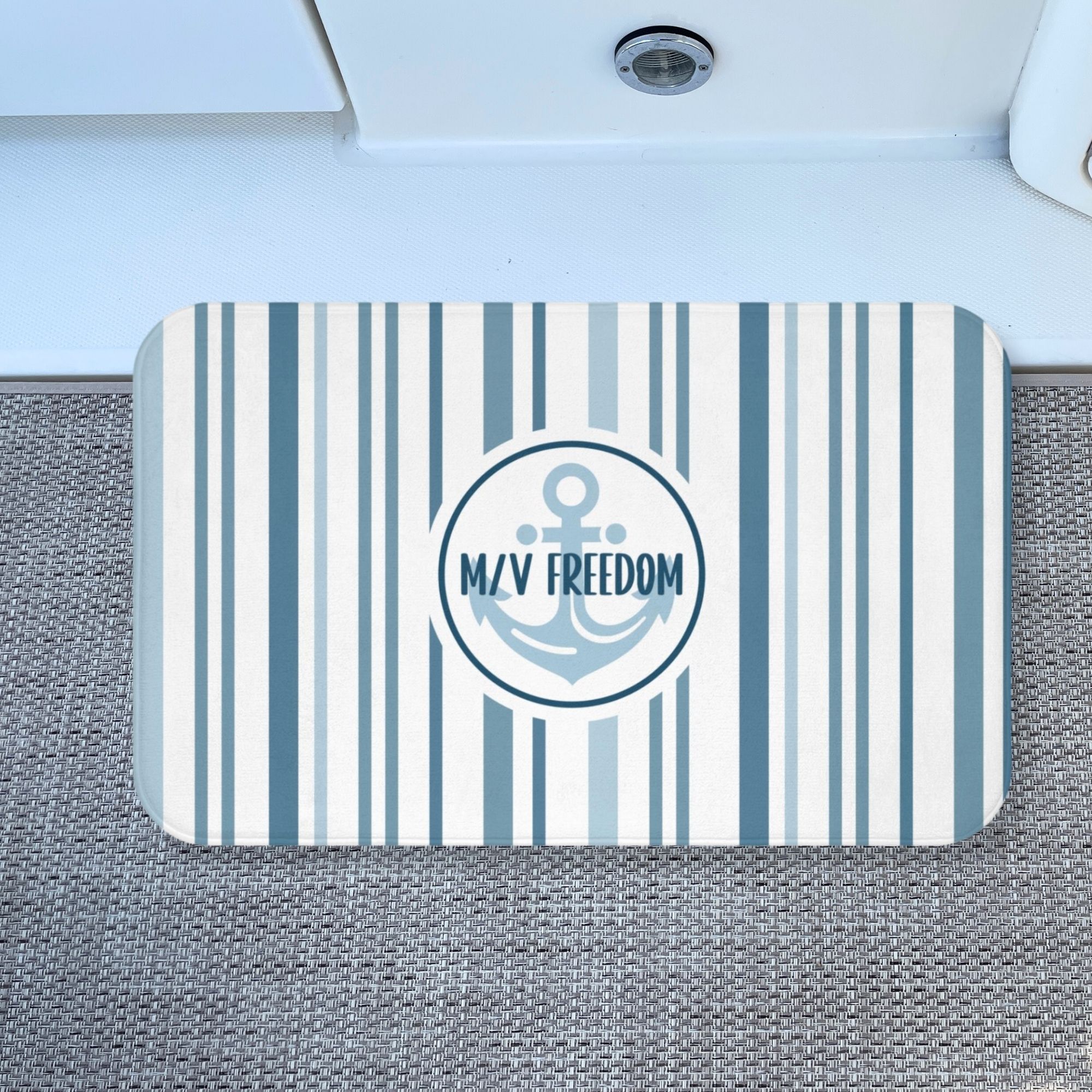
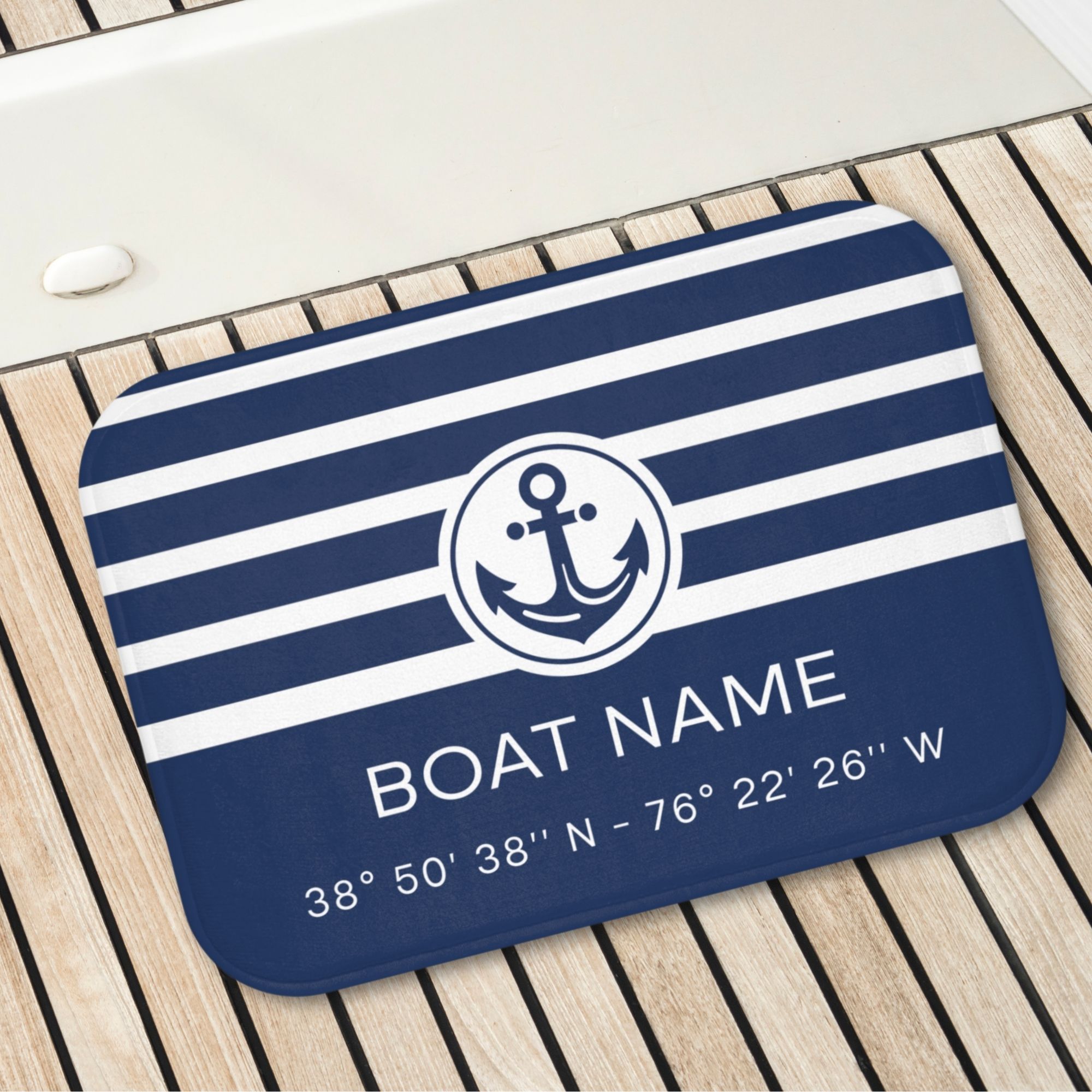
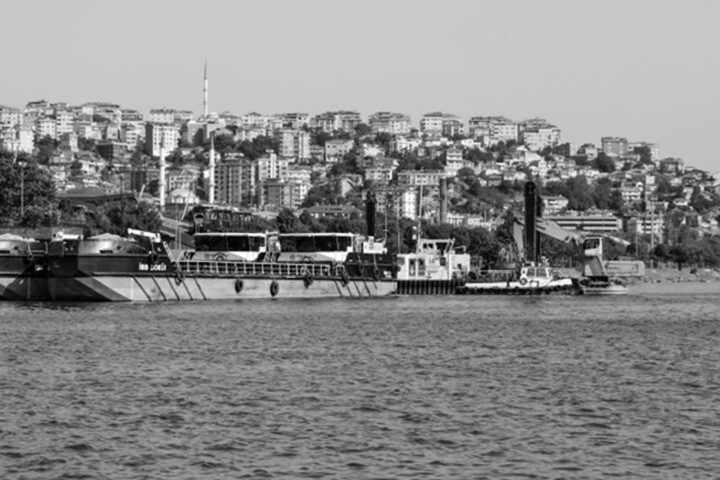
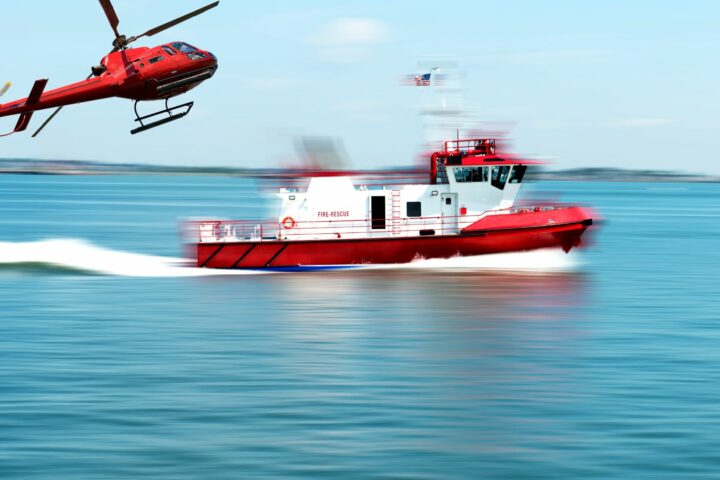
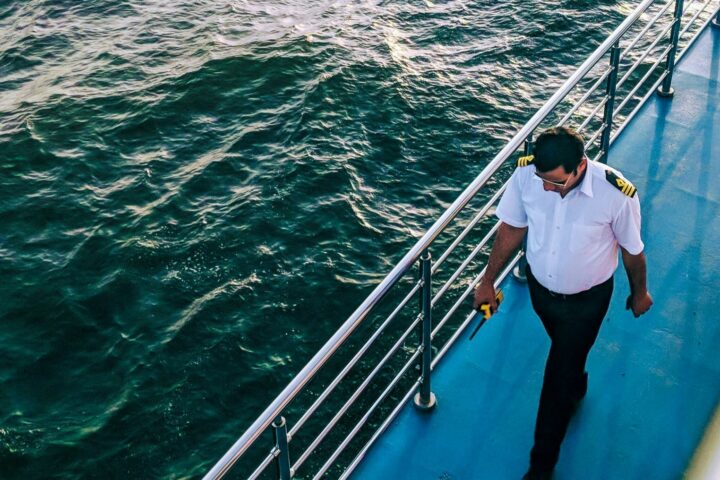
As of Sunday August 28 at 9:30 am our marina on Sassafras River (upper Chesapeake Bay) is reporting minimal damage with partial power outages, some down trees but lower than expected tidal surges. At this time the water did not go above the docks (as it did with Hurricane Isabel)
As of 4:00 EST August 25, 2011 our marina is mandating that all smaller vessels be removed from the water. Also, they can no longer accept any more requests to be hauled out (they are booked).
We do not have any plans for hauling out our boat, however given the current path of Hurricane Irene we plan to remove our canvas, turn off the refrigerator and AC, add extra lines and extra fenders alongside the finger pier prior to Hurricane Irene hitting our area (expected by Sunday August 28).
Just received this note regarding preparing our boat from our marina on Sassafras River (upper Chesapeake Bay):
At this time, it appears Hurricane Irene may reach us as a high Category 2 or Low Category 3 storm. As with any severe weather, you should prepare your boats in the following manner:
~All dinghies, jet skis, jet boats, etc., whether on lifts or in the water should be removed. It is our recommendation your small vessels will be safer at your home.
~Bimini tops and enclosures should be folded down and securely fastened.
~Any loose objects on your boat and/or the docks should be put away on board your vessels. This would include items such as chairs, hoses, and anything else that is not securely fastened to your boat.
~Remove items from your refrigerators. Even if the power does not go out on its own, it may be necessary for us to shut the electric off to the docks if the water rises high enough.
~Double your lines.
THIS IS A VERY SERIOUS STORM. PLEASE PREPARE YOUR BOATS NOW AND EXPECT TO RIDE IRENE OUT AT HOME. PREPARE FOR THE WORST AND PRAY FOR THE BEST.